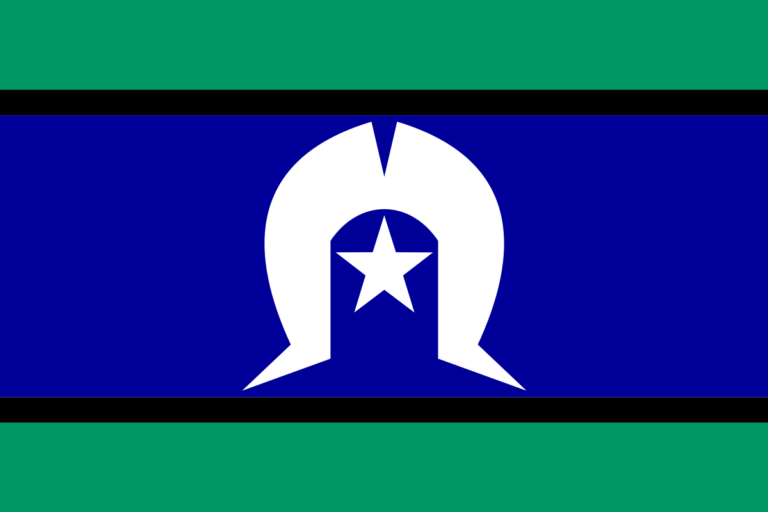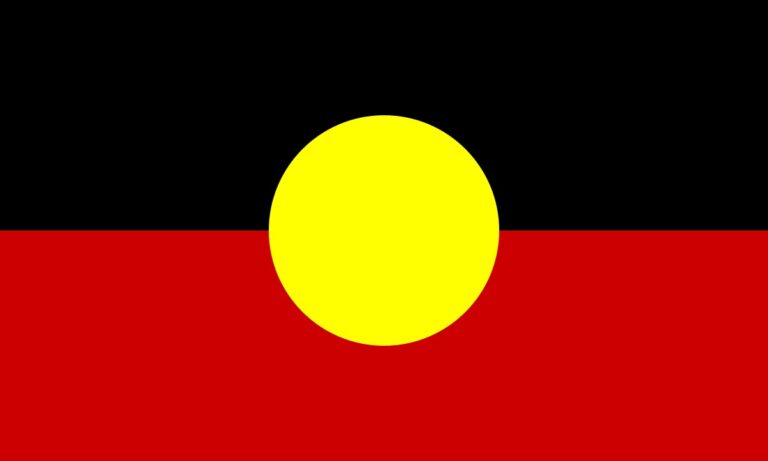Summary
The Rio Tinto Child Health Research Partnership involved funding provided by Rio Tinto (and its subsidiaries in Australia), the Foundation, the Queensland, Western Australian and Northern Territory Governments, and the Telethon Institute for Child Health Research.
The Partnership was formed with the aim of delivering improvements in Indigenous maternal and child health across WA, NT and Qld. It represents a unique collaboration with the stakeholders collectively bringing to the Partnership not only key expertise in maternal and child health data for Indigenous populations but also expertise in translating research into effective strategies and policies for improving health and wellbeing of children. The Partnership also prides itself on strong communication and consultation expertise in partnering with Indigenous communities and project management skills in coordinating large-scale projects.
The Partnership seeks to achieve its aims through providing an evidence base for future policy and decision-making, as well as service provision; while focusing on prevention and effective intervention and the development of tangible outcomes. It also aims to inform policy development on issues pertaining to maternal and child health; community welfare and development.
In addition, the Partnership advocates for collaborative political and community action and social change by gathering and making available key data for decision makers, and translating research into policy and practice in Indigenous communities. Through this, the Partnership aims to provide opportunities to use data as a catalyst for change in communities.
The Partnership undertook three projects targeting Indigenous health across WA, Qld, and NT. The first project aimed to translate the findings of the WA Aboriginal Child Health Survey to Qld and NT. The second project aimed to promote healthy pregnancies, and looked at ways to prevent tobacco and alcohol consumption during pregnancy. The third project sought to optimise Indigenous workforce effectiveness.
In the second project, across the three jurisdictions, the Partnership supported a range of activities that developed the capacity of local people to produce their own culturally appropriate activities and messages to address alcohol use and smoking during pregnancy and promote healthy pregnancies.
The third project identified programs and services, and established strategic alliances. The chosen services were: in WA, the Strong Women, Strong Babies, Strong Culture Program in Roebourne and the East Kimberley; in Qld, the Mums and Babies program at the Townsville Aboriginal and Islander Health Service, the Inala Indigenous Community Health Centre, and the Woorabinda Health Service; and in NT, the Nguiu Community, Bathurst Island.
Outcomes
According to an independent review conducted in 2008 by Words Communications Consultancy, the Rio Tinto Child Health Partnership has been a far-reaching, continually evolving initiative that has assisted in bringing about enhanced wellbeing in many Indigenous communities throughout Australia.
The partners involved have worked extremely hard to institute ground-breaking programs where they have been most needed. The journey has not been an easy one and it is fair to say that at times many partners questioned whether the effort was worth it; however, all are in agreement that the lessons learned and the relationships formed—as well as the outcomes achieved—have been beneficial to all concerned.
In the first project, although the translation estimation of data from WA to the other two jurisdictions proved unfeasible, the research served as an important case study into extrapolation using synthetic estimation techniques, and the methodology developed will be useful for researchers undertaking similar work in the future. Furthermore, the outcomes of this project are an important and significant first step to achieving nationally consistent indicators of Indigenous health and will be vital for informing governments of future work in this area. In addition, two Australian Bureau of Statistics reports were produced covering this topic.
Examples of community based activities supported by the Partnership in the second project included the production of an annual calendar promoting messages around the prevention of alcohol use and smoking during pregnancy. The calendar features Aboriginal women and their babies, as well as health information about healthy babies compared to babies affected by substance use. The calendars were widely distributed throughout Australia. In addition, a series of information pamphlets were developed for women attending the clinic. The pamphlets address smoking, alcohol and other drug use during pregnancy, and come in varying layouts and culturally appropriate designs. In May 2006 the Partnership hosted a national symposium, “START OUT STRONG: A Healthy Beginning in Life,” promoting healthy pregnancies in Indigenous communities.
In May 2007, the Partnership hosted a second national symposium, “ENHANCING INDIGENOUS CAPACITY: Building a Sustainable Future,” for Workforce Development in Indigenous Maternal and Child Health. The Partnership also provided four Partnership travel scholarships to give researchers and those working in Indigenous maternal and child health the opportunity to travel, learn, and translate their findings into practical outcomes.






